The clean-up and repairs of damage caused by hurricane Irma on sites managed by the Conservatoire du Littoral led to the creation of a strategic plan, which breaks down into four major actions. Funding comes from three sources: 80% from the French Agency for Biodiversity, the French government as part of the post-hurricane cleanup (clean-up phase for the sites), and from the treasury of the Conservatoire.
Aerial Photos
The first operation was an aerial photo shoot to obtain images using a drone, especially above the salt ponds, in order to establish the impact on the mangroves, to verify the condition of water outlets, and identify debris in the most inaccessible areas. Comparison with aerial photos taken in June 2017 provided a clearer estimation of the impact of the hurricane on these wetlands.
An Ecological MissionMission écologique
The second mission required the cooperation of ecologist Mélanie Haerteman and Anne-Marie Bouillé, head of the Conservatoire in Saint Martin. In March, they examined the state of fauna and flora and took hydrological measurements — temperature, oxygenation, salinity, and currents— as well as mapped the extent of debris. They covered Etang des Salines d’Orient, Etang aux Poissons, Etang de la Barrière, Etang de Chevrise, Lucas Bay pond, Etang Guichard, and they visited ponds by the airport, the cemetery of Grand Case, and the Lowlands, as well as Pinel. An information sheet currently defines the priorities at each site, actions to avoid, and those to promote. The Etang de la Barrière, where the mangrove was the hardest hit, figures at the very top of the list.
Big Cleanup
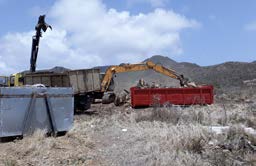 The third action got underway on July 2, 2018 with a cleanup of the Galion site. It comprised the evacuation of hundreds of tons of trash, from Club Orient and the wooden shelters from Orient Bay to metal roofing, jets ski, containers, cars, and plastic bags… The local company that won the RFP (request of proposal) for the project sent out on May 15 has just two months to remove the largest items of debris from the totality of the sites of the Conservatoire. At the same time, with the help of the Foundation of France, the back-to-work association ACED has a deadline of six months to collect the smaller trash on the same sites, and started to do so on the same day at the Lucas Bay site in Oyster Pond. In addition, one hundred French scouts are committed to cleaning up around Galion on July 14-22. They took over from 20 scouts from Belgium, who had been working at the Etang de Chevrise on July 2-13. All of the debris will be treated by the Ecosite, which donated all of its services to ACED and the Réserve Naturelle, and offered preferential rates to the local company. And with an eye toward replanting the mangrove, the Réserve Naturelle is collecting seeds for this coastal vegetation and start a nursery.
The third action got underway on July 2, 2018 with a cleanup of the Galion site. It comprised the evacuation of hundreds of tons of trash, from Club Orient and the wooden shelters from Orient Bay to metal roofing, jets ski, containers, cars, and plastic bags… The local company that won the RFP (request of proposal) for the project sent out on May 15 has just two months to remove the largest items of debris from the totality of the sites of the Conservatoire. At the same time, with the help of the Foundation of France, the back-to-work association ACED has a deadline of six months to collect the smaller trash on the same sites, and started to do so on the same day at the Lucas Bay site in Oyster Pond. In addition, one hundred French scouts are committed to cleaning up around Galion on July 14-22. They took over from 20 scouts from Belgium, who had been working at the Etang de Chevrise on July 2-13. All of the debris will be treated by the Ecosite, which donated all of its services to ACED and the Réserve Naturelle, and offered preferential rates to the local company. And with an eye toward replanting the mangrove, the Réserve Naturelle is collecting seeds for this coastal vegetation and start a nursery.
Aude Berger, who holds a diploma in ocean sciences and techniques, and is earning a professional degree in environmental protection at UAG, has been hired by the Conservatoire du Littoral for the coordination of the cleanup at these sites, for a period of six months.
Application Of Recommendations
Once the sites are cleared all of debris, it will be time to repair or reconstruct the damaged structures and installations: bird observatories, open-air shelters, signage, and pathways... Please stay tuned for updates in our next edition.

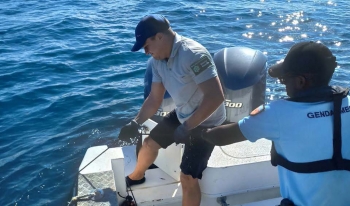
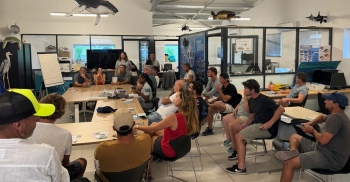
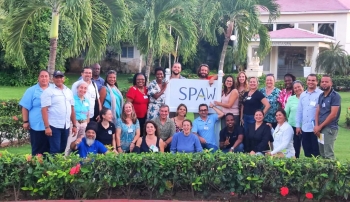
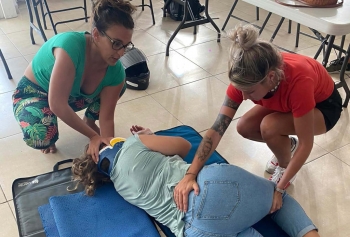

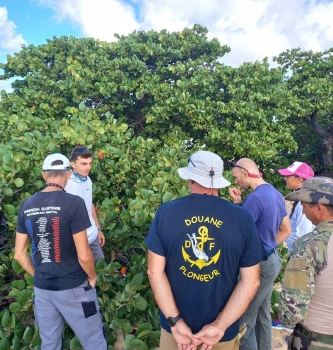
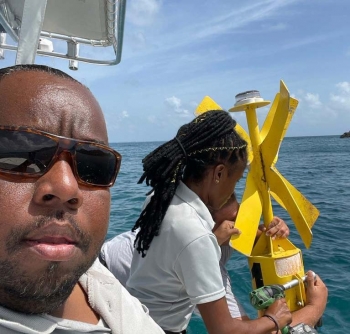
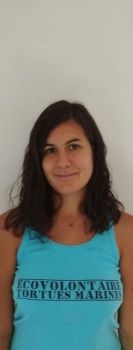
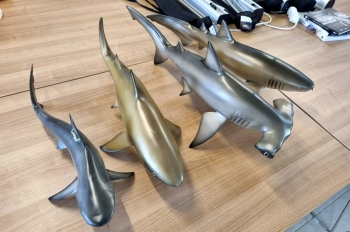
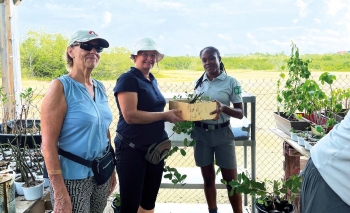
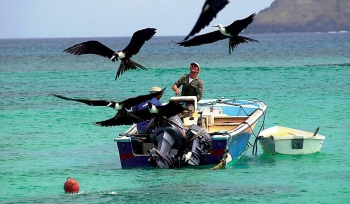
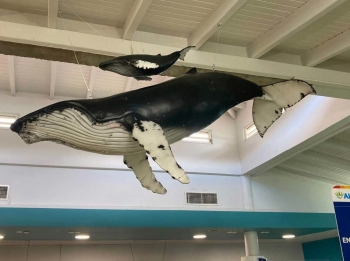
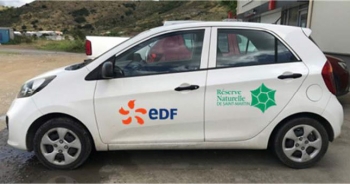
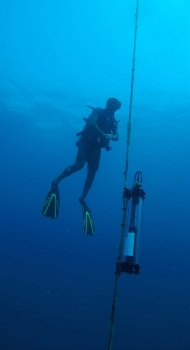
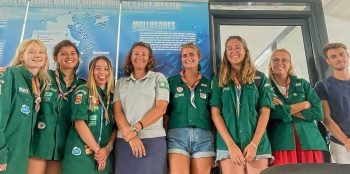
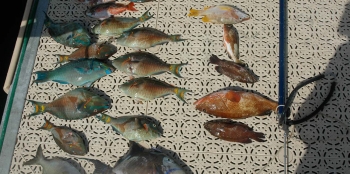
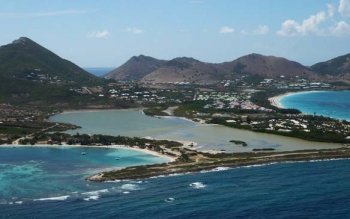
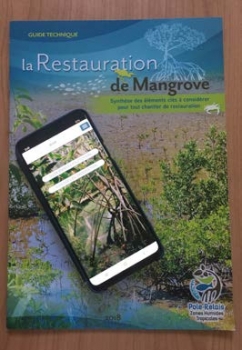

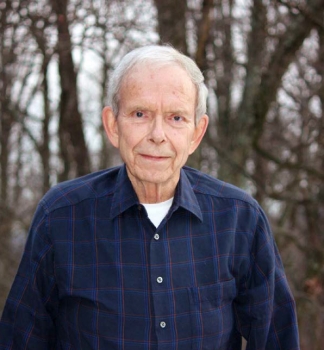
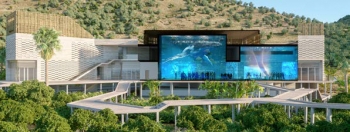
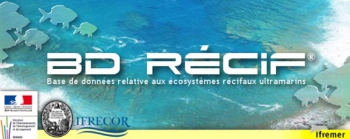
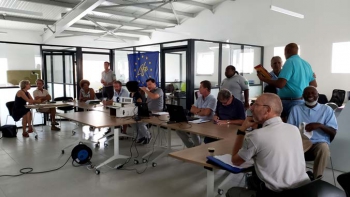
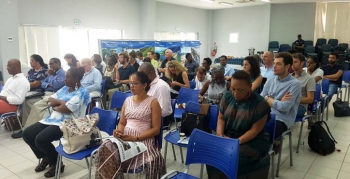
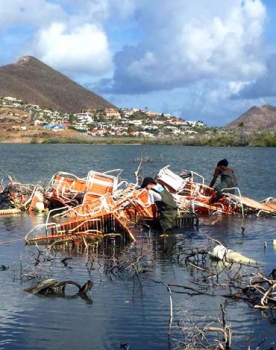
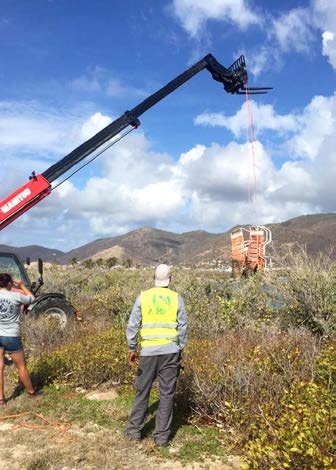
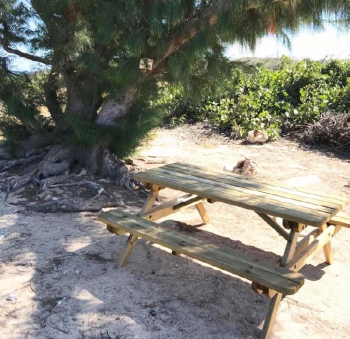
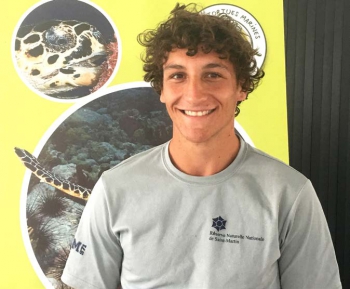
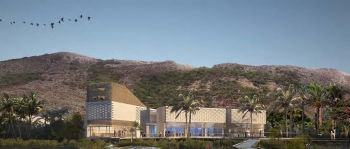
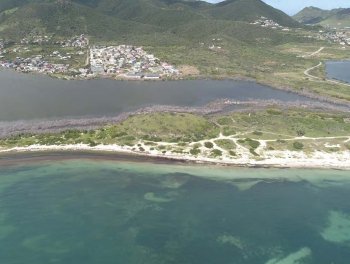
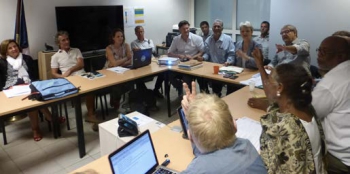
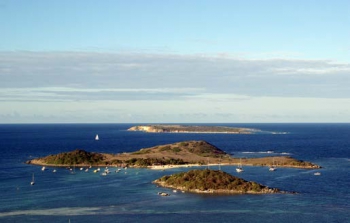
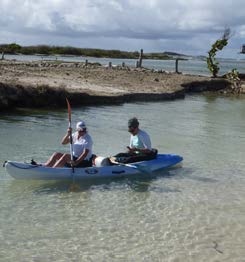
 The third action got underway on July 2, 2018 with a cleanup of the Galion site. It comprised the evacuation of hundreds of tons of trash, from Club Orient and the wooden shelters from Orient Bay to metal roofing, jets ski, containers, cars, and plastic bags… The local company that won the RFP (request of proposal) for the project sent out on May 15 has just two months to remove the largest items of debris from the totality of the sites of the Conservatoire. At the same time, with the help of the Foundation of France, the back-to-work association ACED has a deadline of six months to collect the smaller trash on the same sites, and started to do so on the same day at the Lucas Bay site in Oyster Pond. In addition, one hundred French scouts are committed to cleaning up around Galion on July 14-22. They took over from 20 scouts from Belgium, who had been working at the Etang de Chevrise on July 2-13. All of the debris will be treated by the Ecosite, which donated all of its services to ACED and the Réserve Naturelle, and offered preferential rates to the local company. And with an eye toward replanting the mangrove, the Réserve Naturelle is collecting seeds for this coastal vegetation and start a nursery.
The third action got underway on July 2, 2018 with a cleanup of the Galion site. It comprised the evacuation of hundreds of tons of trash, from Club Orient and the wooden shelters from Orient Bay to metal roofing, jets ski, containers, cars, and plastic bags… The local company that won the RFP (request of proposal) for the project sent out on May 15 has just two months to remove the largest items of debris from the totality of the sites of the Conservatoire. At the same time, with the help of the Foundation of France, the back-to-work association ACED has a deadline of six months to collect the smaller trash on the same sites, and started to do so on the same day at the Lucas Bay site in Oyster Pond. In addition, one hundred French scouts are committed to cleaning up around Galion on July 14-22. They took over from 20 scouts from Belgium, who had been working at the Etang de Chevrise on July 2-13. All of the debris will be treated by the Ecosite, which donated all of its services to ACED and the Réserve Naturelle, and offered preferential rates to the local company. And with an eye toward replanting the mangrove, the Réserve Naturelle is collecting seeds for this coastal vegetation and start a nursery.















